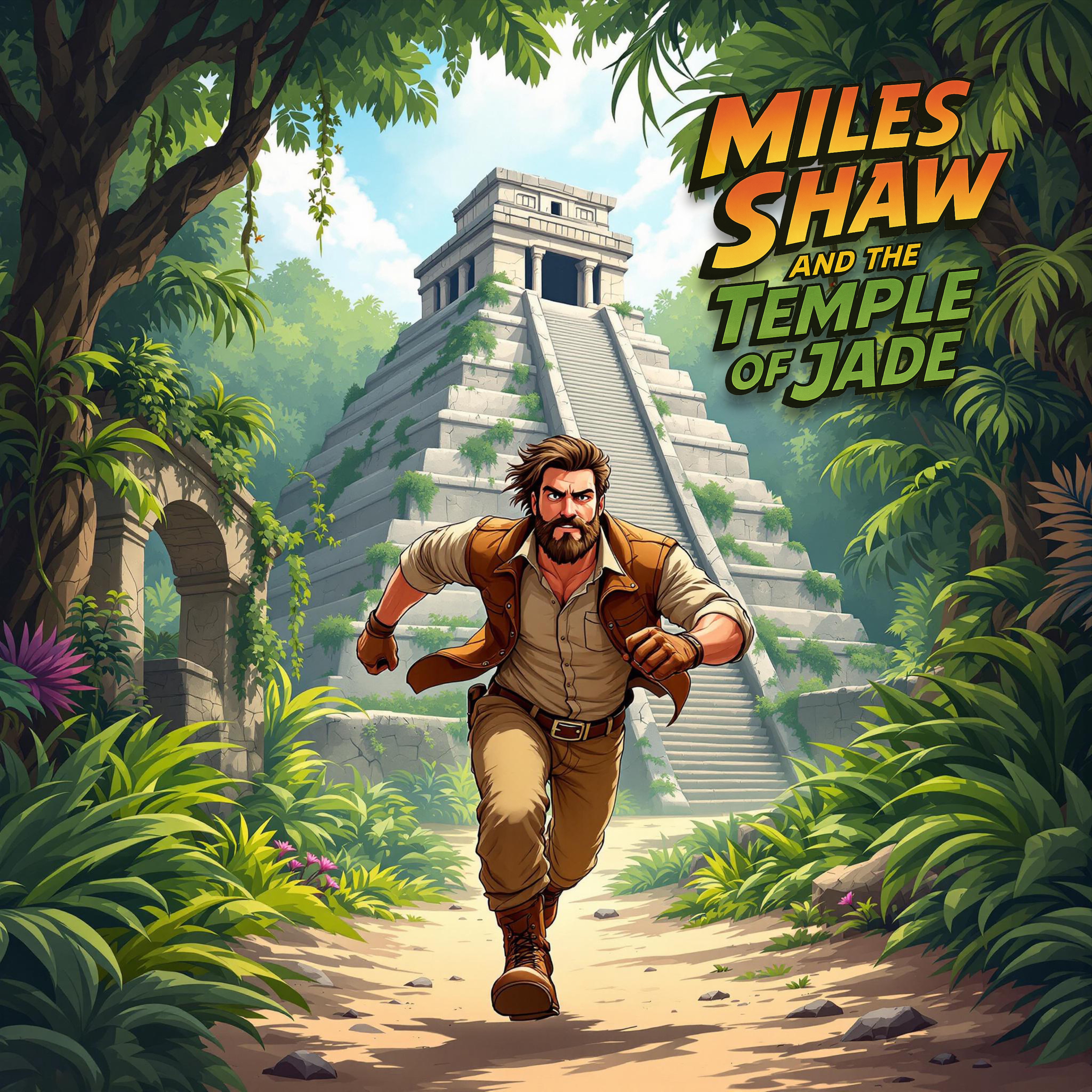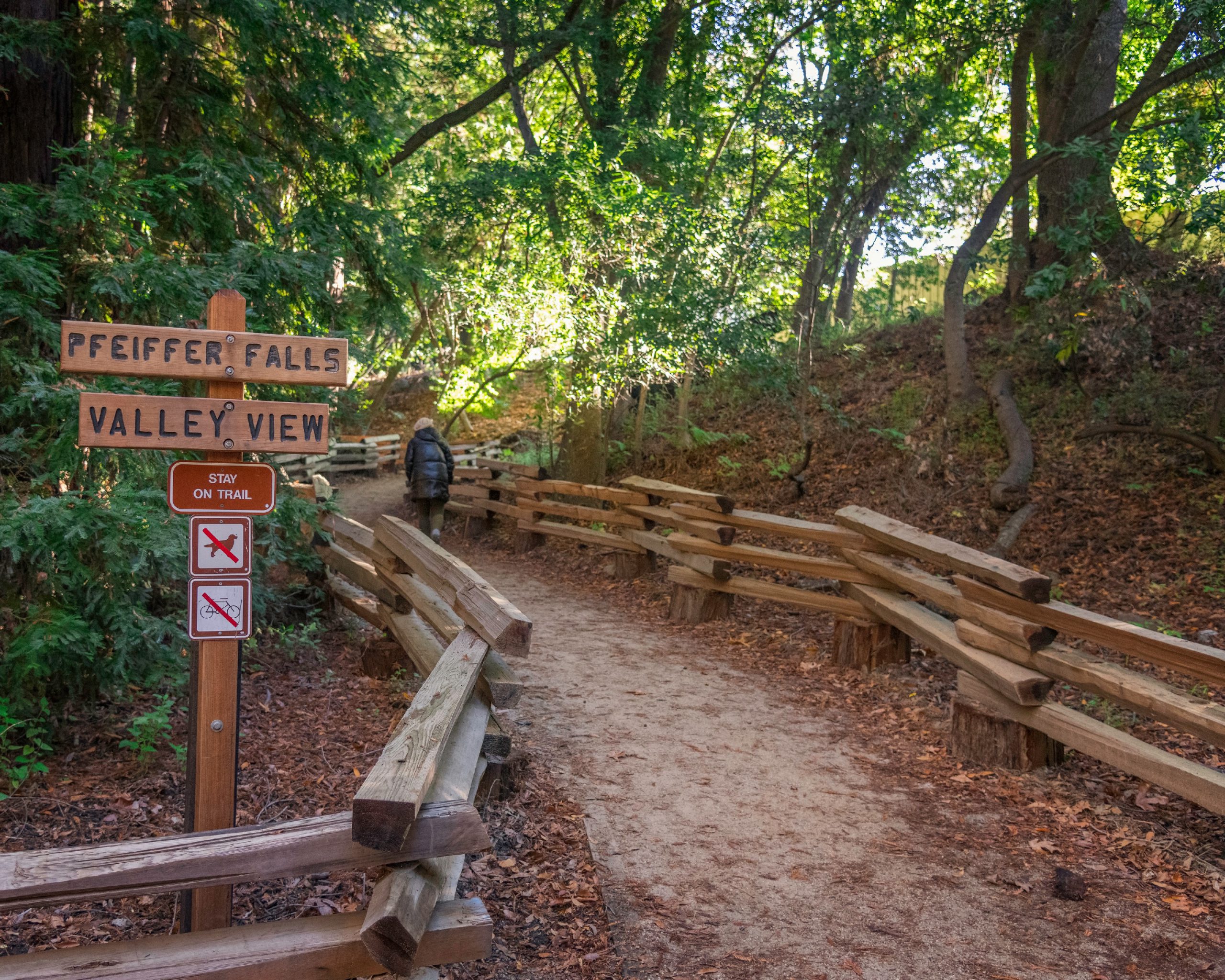“Miles Shaw and the Temple of Jade” — The Ultimate Cinematic Adventure Game
Review by Matthew Stevens, Board Game Enthusiast
If you think you’ve played the best adventure board game, think again. “Miles Shaw and the Temple of Jade” is, hands down, the most electrifying, immersive, and heart-stopping adventure experience I have ever had at the table. Forget everything you know about Catan, Ticket to Ride, or Ark Nova—this is the board game that makes you feel like you’re starring in a globe-trotting, Amazon-jungle epic, packed with jaw-dropping moments, wild escapes, and the kind of storytelling that most games can only dream of.
Instant Immersion: You’re Not Just Playing, You’re Living the Adventure
From the moment you open the box, you’re transported straight into the sweaty, tangled depths of the Amazon rainforest. The board itself is a cinematic masterpiece—lush greens, treacherous rivers, shadowy temples, and cryptic ruins. But the real magic happens once you start playing. Every turn feels like a scene from a blockbuster movie, and I found myself gasping, laughing, and even sweating as the adventure unfolded.
A Story That Grabs You—And Never Lets Go
You’re Miles Shaw, the brilliant British archaeologist and adventurer, and your mission is nothing less than legendary: uncover the mysteries of the Temple of Jade. But this isn’t just about moving pieces on a board. Within minutes, I was crash-landing a plane in the jungle, escaping a wall of fire, and racing to recover artifacts before the villains could reach them. There are no dry turns here. You’re always in the thick of it, navigating a maze of hidden traps, deciphering ancient clues, and collecting exotic artifacts that could mean the difference between glory and doom.
Edge-of-Your-Seat Encounters at Every Turn
What truly sets Temple of Jade apart is the relentless action. One moment, I was fighting off a swarm of crocodiles while crossing a rapid river; the next, I was being chased by ruthless villains on roaring motorbikes through muddy jungle trails. There are deadly snake pits that require split-second decisions, secret Kali temples demanding sacrificial offerings, and fiendish booby-traps around every corner. No matter where you land on the board, something thrilling is waiting for you.
Puzzle Solving and World-Hopping
It’s not just about brute survival—this game is packed with brain-teasing puzzles and globe-spanning clue hunts. At several points, I found myself jetting off to hidden locations around the world, from the bustling streets of Cairo to the misty peaks of Machu Picchu, tracking down cryptic messages and solving intricate riddles. These aren’t just tacked-on mini-games; they’re woven into the very DNA of the story, making you feel like a true explorer piecing together the secrets of a lost civilization.
Heroic Feats and Daring Escapes
You want big, cinematic moments? Try jumping over a jungle gorge with nothing but a parachute and sheer luck, or leaping from a crumbling bridge as piranhas snap at your heels. There were moments I narrowly escaped death thanks to a lucky dice roll, and others where clever use of collected artifacts turned what should have been disaster into triumph. Every playthrough feels unique, unpredictable, and epic.
Ruthless Villains and a Finale That Belongs on the Big Screen
You’re not alone in your quest—standing in your way are three of the most memorable villains I’ve encountered in any board game: Victor Sly (the cunning trap master), Mara Fang (the shadowy assassin), and Silas Doom (the relentless hunter). Each villain encounter is a cinematic set piece, often involving high-speed chases, elaborate traps, and nerve-wracking dice showdowns. But nothing compares to the grand finale: a showdown in the heart of the Temple of Jade, surrounded by ancient statues, burning braziers, and the ever-present threat of Kali’s vengeance. Every player gets a shot at the villains in a battle that is dramatic, tense, and gloriously satisfying. This isn’t just “who has the most points”—it’s a full-blown, movie-style climax where legends are made.
Traps, Sacrifice, and the Shadow of Kali
Temple of Jade doesn’t pull punches when it comes to danger. There are poison dart hallways, collapsing floors, and cursed treasures that can change the fate of the entire group. And then there’s the terrifying Kali sacrifice rituals—moments where you must decide: will you risk it all for the artifact, or play it safe and escape with your life? These moments are tense, unpredictable, and deliver real adrenaline.
Artwork and Components: A Feast for the Eyes
Every card, token, and tile is illustrated with stunning detail and vibrant color. The jungle feels alive, the villains look menacing, and the artifacts practically glow. I found myself wanting to frame the puzzle cards—they’re that beautiful. And the tactile feel of the board and pieces only deepens the immersion.
Replay Value and Accessibility
Despite its epic scale, Temple of Jade is fast to set up, easy to teach, and keeps every player engaged from start to finish. There’s no downtime; you’re always planning your next move or bracing for what comes next. The sheer variety of cards, challenges, and routes through the temple means no two adventures are the same. Whether you’re a veteran gamer or introducing friends to the world of board games, this is a title that hits the sweet spot for everyone.
Final Verdict: The Best Board Game Adventure—Period
If you crave adventure, cinematic story moments, and the thrill of the unknown, “Miles Shaw and the Temple of Jade” is the board game you’ve been waiting for. I’ve played dozens, if not hundreds, of adventure titles, but none have ever made me feel like I was starring in my own epic blockbuster the way this game does. From the first dice roll to the final, breathless showdown, I was hooked.
Score: 10/10 — A genre-defining masterpiece.
If you love board games, buy this. If you love adventure, buy this. If you want to know what it feels like to cheat death, outsmart villains, and unravel the secrets of an ancient temple—all in one night—this is your ticket to adventure.




